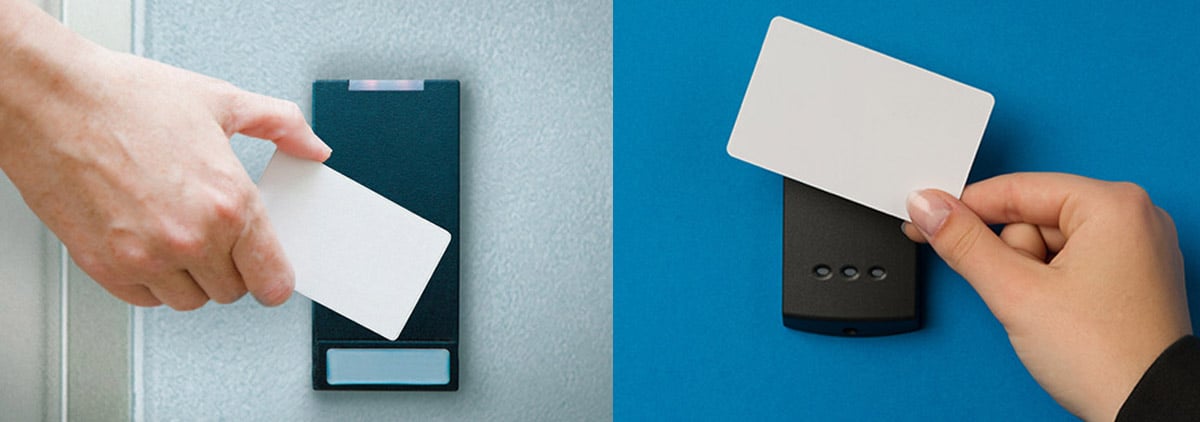Proximity Card Reader

In the field of access control systems, proximity card readers stand out as a popular choice due to their convenience and reliability. Among them, proximity card reader has gained significant traction with its widespread adoption in various industries. This article discusses the functioning, benefits and security aspects of 125 kHz proximity card readers.
Understanding Proximity Card Readers
Proximity card readers work on the principle of Radio Frequency Identification (RFID) technology. They use electromagnetic fields, usually operating in the 125 kHz frequency range, to communicate with proximity cards. These cards contain embedded chips or antennas that respond to the reader's signal when brought close, providing fast and contactless access.

Key components
- Reader Unit: The reader unit emits radio waves and receives signals from proximity cards.
- Proximity Cards: These cards are encoded with unique identifiers and presented to the reader for authentication.
- Control Panel: Manages the communication between the reader and the access control system by granting or denying access based on the validity of the card.
Advantages of 125 kHz Proximity Card Readers
- Convenience: Users gain access by simply waving or tapping their proximity card next to the reader, eliminating the need for physical contact.
- Speed: The fast authentication process allows for quick entry and exit, making it ideal for high-traffic areas.
- Cost Efficiency: Compared to other access control technologies, 125 kHz proximity card readers are relatively economical to install and maintain.
- Versatility: These readers can be seamlessly integrated into existing access control systems and offer compatibility with a wide range of applications.
Security Considerations
125 kHz proximity card readers offer convenience and efficiency, but also come with some security considerations:
- Cloning Risks: Proximity cards are vulnerable to cloning or counterfeiting, where unauthorized persons copy the card's credentials to gain unauthorized access.
- Limited Encryption: Older models of 125 kHz proximity card readers lack robust encryption protocols, making them susceptible to data interception and tampering.
- Range Limitations: The proximity range of these readers varies and in some cases attackers exploit this limitation to gain unauthorized access remotely.
- Vulnerability to Physical Tampering: As with any physical access control system, 125 kHz proximity card readers are vulnerable to tampering or vandalism, potentially compromising their security.
Conclusion
The proximity card reader offers a balance of convenience, efficiency and affordability in access control systems. While providing uninterrupted access to authorized users, it is important to address security vulnerabilities through appropriate encryption, authentication protocols and physical security measures. By understanding these considerations, organizations maximize the benefits of proximity card readers while protecting against potential threats to their security infrastructure.
Labels: proximity card reader, access control system, proximity 125khz card reader
May 06, 2024
Return to List